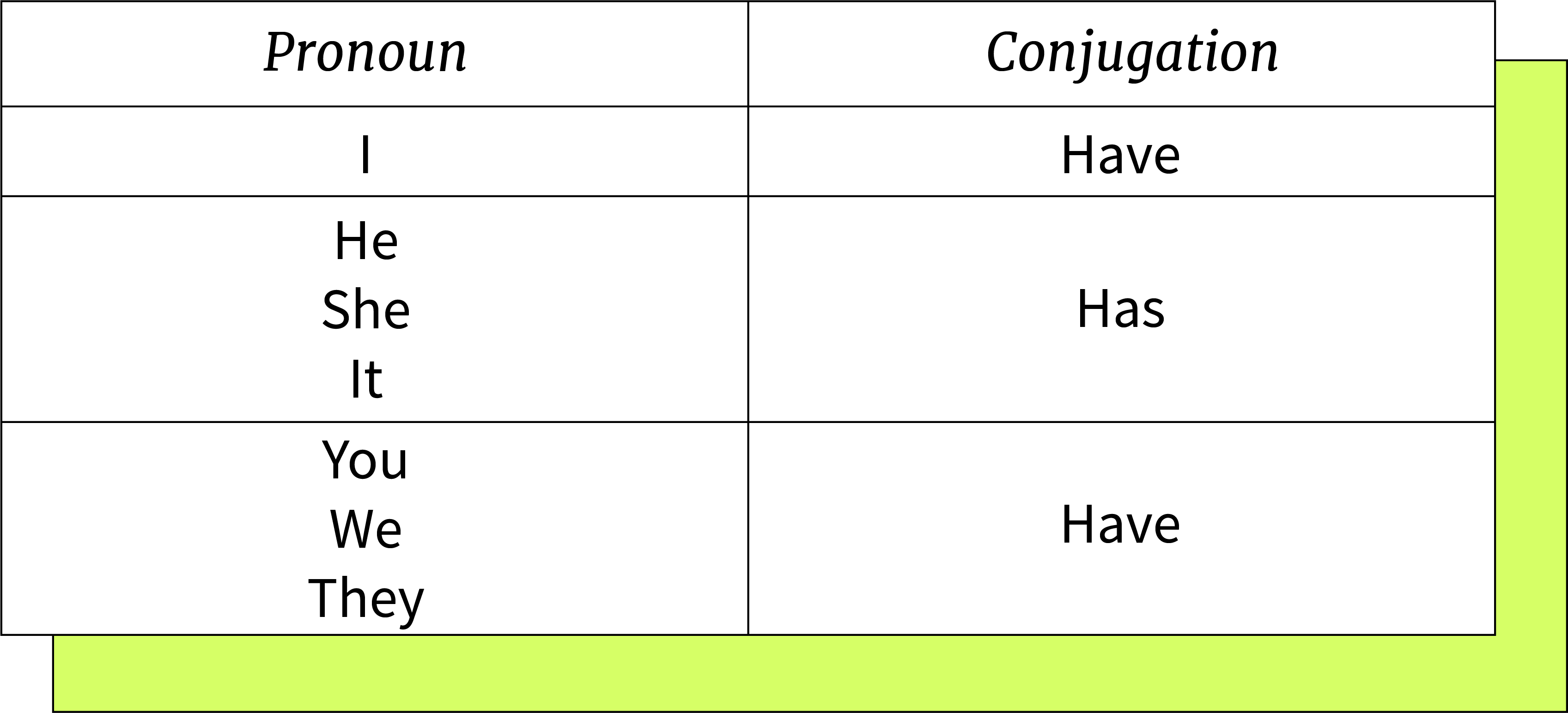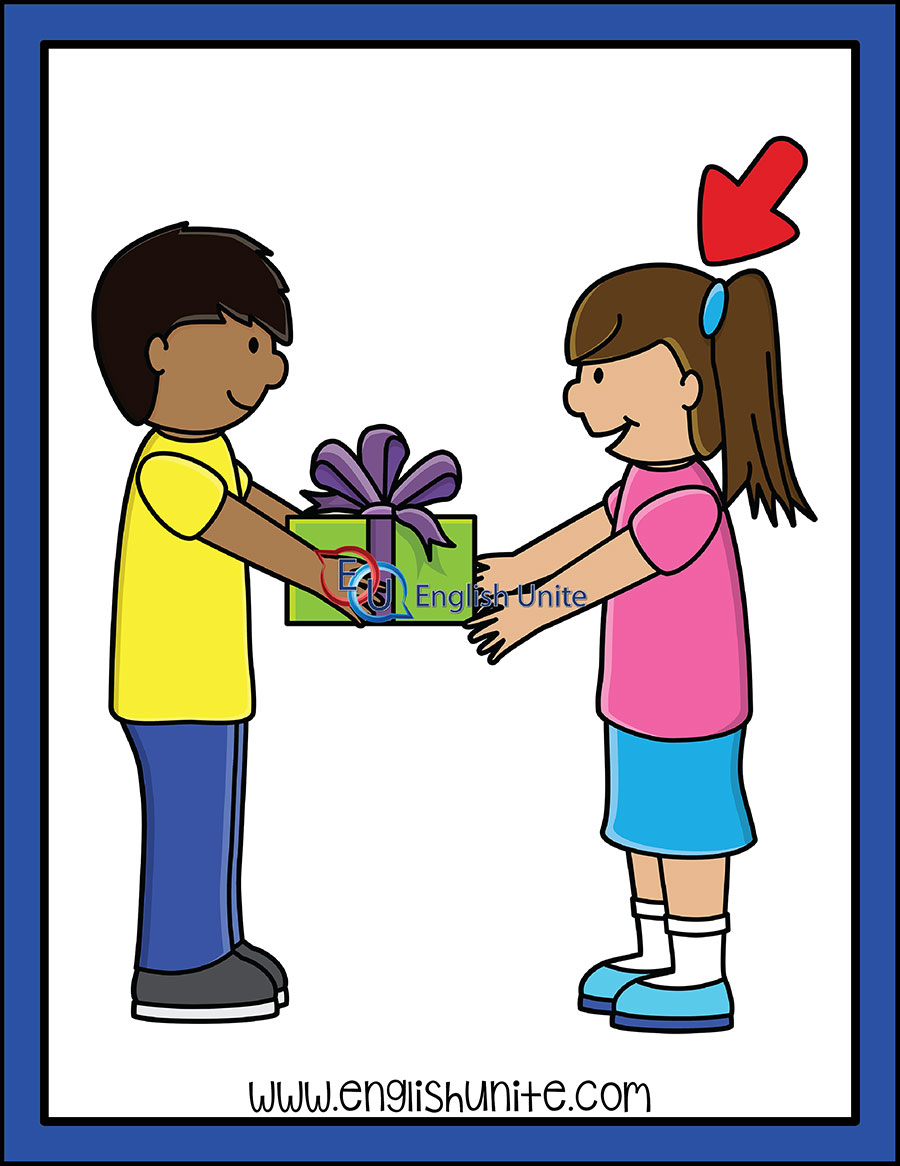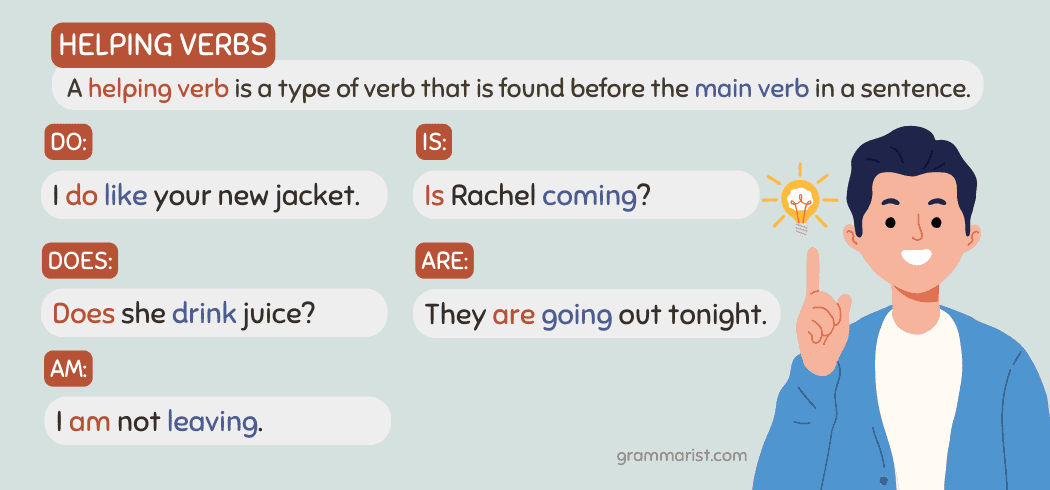Unlocking the Spanish Word for Food: Essential Guide for Everyday and Culinary Use
Introduction: Why Knowing the Spanish Word for Food Matters
Understanding how to say “food” in Spanish is more than a simple translation-it’s a gateway to navigating Spanish-speaking environments, from restaurants to travel and daily communication. Whether you are a hospitality professional, a traveler, or learning the language for personal growth, mastering this essential word and its related terms can enhance interactions and open up new experiences.
The Core Translation: How Do You Say “Food” in Spanish?
The most common and accurate translation for “food” in Spanish is “comida” . This term is widely used to refer to food in general, meals, and cuisine. For example, when asking what someone’s favorite food is, you would say, “¿Cuál es tu comida favorita?” [3]
There are also other terms often used in specific contexts:
- el alimento : Refers more to nourishment or a single food item, often used in nutritional or scientific contexts.
- alimentario / alimenticio : These adjectives relate to food, such as ‘food industry’ (industria alimentaria) or ‘nutritional value’ (valor alimenticio).
Example usages:
- “La comida está lista” – The food is ready.
- “Los alimentos saludables” – Healthy foods.
Practical Applications: Using “Comida” in Real-World Scenarios
Knowing how to say “food” in Spanish is particularly useful in several situations:
1. Dining Out : When reading menus or ordering at a Spanish-speaking restaurant, you’ll see “comida” used frequently. For example, “comida tÃpica” refers to traditional food. Understanding related food vocabulary, such as “pollo” (chicken) or “arroz” (rice), enhances your ability to order and enjoy local cuisine [1] .
2. Grocery Shopping : In markets or stores, “comida” helps you discuss meal planning, while “alimento” may be used on packaging to refer to nutritional content. For instance, “alimentos orgánicos” means organic foods.
3. Health and Nutrition : If you are reading about dietary advice or nutrition labels, “alimento” is commonly used. Terms like “valor alimenticio” (nutritional value) or “aditivos alimentarios” (food additives) will appear in these contexts [2] .
Step-by-Step: How to Confidently Use “Comida” and Related Terms
To effectively use the word “comida” and its variants in Spanish, follow these steps:
- Learn the Basics: Memorize “comida” as the primary word for “food.” Practice using it in simple sentences, both as a noun (“La comida es deliciosa” – The food is delicious) and in questions (“¿Dónde está la comida?” – Where is the food?).
- Expand Your Vocabulary: Familiarize yourself with related terms such as “alimento” (food item or nourishment) and “alimentario/alimenticio” (adjectives). Use reputable language guides or Spanish learning platforms for structured lessons [2] .
- Apply in Context: Practice by reading Spanish menus, food labels, or articles about nutrition. Try writing or saying your own sentences about food preferences, grocery lists, or meal preparation.
- Listen and Repeat: Use language learning apps or online resources that provide audio pronunciation to perfect your accent. Many platforms, such as SpanishDict, offer pronunciation guides and example sentences [3] .
- Engage with Native Speakers: If possible, converse with Spanish speakers, asking about their favorite foods or describing your own. This real-world practice helps solidify your understanding.
Alternative approach: If direct conversation isn’t possible, join online language exchange communities or utilize forums where you can write and get feedback.
Common Challenges and Solutions in Mastering Spanish Food Vocabulary
Challenge 1: Differentiating “comida” from “alimento”
The word “comida” usually refers to food in a general, everyday sense or to a meal, while “alimento” often refers to a specific food item or nutrient. To overcome confusion, remember that “comida” is used in casual conversation and on restaurant menus, while “alimento” appears more in health, nutrition, or scientific contexts [2] .
Challenge 2: Regional Variations
In some Spanish-speaking countries, “comida” may specifically refer to lunch (the main meal of the day), while “alimentos” covers all food items. When traveling or speaking with people from different regions, listen for context clues and don’t hesitate to ask for clarification.
Challenge 3: Pronunciation
Proper pronunciation can be difficult for beginners. To address this, use audio resources and repeat after native speakers. Resources like SpanishDict and WordHippo provide audio examples of “comida” and other food-related words [5] .
Expanding Your Food Vocabulary: Beyond the Basics
Once you are comfortable with “comida,” you can expand your vocabulary to include names of specific foods, meals, and culinary terms. Here are a few examples:
- Desayuno – Breakfast
- Almuerzo – Lunch
- Cena – Dinner
- Fruta – Fruit
- Verduras – Vegetables
- Carne – Meat
- Pescado – Fish
- Pan – Bread
- Arroz – Rice
- Queso – Cheese
For a comprehensive glossary of food terms and culinary translations, consider consulting reputable food dictionaries or guides [4] .
Example: When reading a Spanish menu, you might encounter “ensalada de pollo” (chicken salad) or “sopa de verduras” (vegetable soup). Understanding these components can make dining experiences richer and more enjoyable.

Source: umdoisesportes.com.br
Actionable Guidance: How to Learn and Practice Spanish Food Terms
Here are step-by-step strategies to effectively learn and practice Spanish food vocabulary:

Source: planeta.pl
- Use Flashcards: Create digital or paper flashcards with Spanish food words and their English equivalents. Review them regularly to reinforce memory.
- Watch Cooking Shows: Watch Spanish-language cooking shows or YouTube channels. Listen for food-related vocabulary and write down new terms.
- Practice in Real Life: Visit Spanish restaurants or markets in your area. Practice ordering or asking about ingredients in Spanish.
- Leverage Language Apps: Use established language learning apps that offer food vocabulary modules. Many platforms feature interactive exercises and pronunciation guides.
- Read Spanish Menus and Recipes: Seek out Spanish menus online or recipe books. Try translating the dishes and identifying key food terms.
Alternative pathways: Participate in online Spanish classes or join local language meetups focused on culinary topics. Many community centers and cultural organizations offer group classes or events centered on food and cooking.
Additional Support and Resources
For further learning, consider the following approaches:
- Search for “Spanish food vocabulary” on reputable language education websites or apps.
- Visit your local library for Spanish language books focused on food and cooking.
- Contact language tutors or join community classes for personalized instruction.
- Utilize forums and online communities to ask questions and share experiences with other learners.
If you are seeking more advanced culinary vocabulary or professional-grade translations, consult specialized food glossaries or reach out to experienced translators. For travelers, carrying a printed or digital food dictionary can be invaluable when exploring Spanish-speaking countries.
Summary: Key Takeaways for Using “Food” in Spanish
Mastering the Spanish word for “food”- “comida” -along with its related terms and context-specific applications is essential for effective communication. By following structured learning strategies and practicing in real-life scenarios, you can confidently use these terms and enrich your Spanish language skills. Whether for personal interaction, professional needs, or travel, your ability to discuss and understand food in Spanish will unlock new experiences and connections.
References
- [1] Lingua Linkup (2023). Spanish Translation of Popular Food Names – Free Vocabulary Guide.
- [2] SpanishDict (2025). Food in Spanish | English to Spanish Translation.
- [3] SpanishDict (2025). How do you say “food” in Spanish?
- [4] Cellar Tours (2024). Spanish Food Dictionary: A-Z Guide for Culinary Translations.
- [5] WordHippo (2009). How to say food in Spanish.
MORE FROM eboxgo.com













